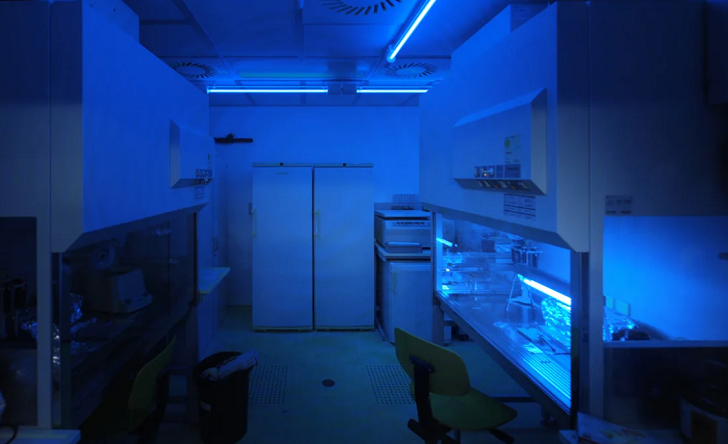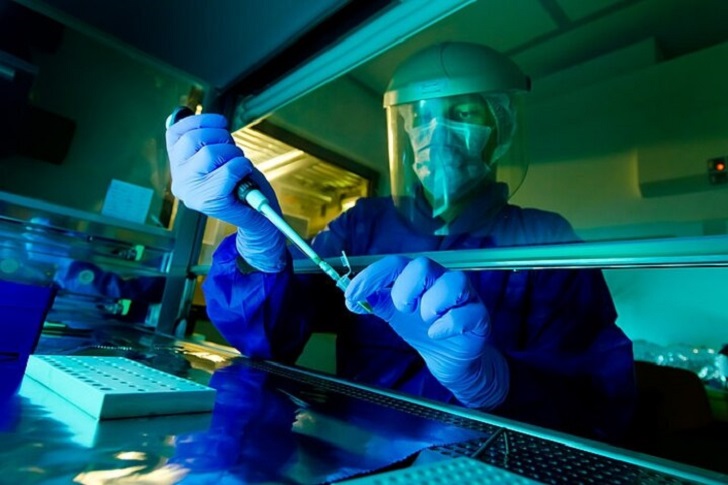Traces of ancient DNA have long offered glimpses into the lives of our ancestors, revealing their migrations, diets, and social structures. Yet, the challenge of extracting genetic material without damaging precious artifacts has often left many archaeological treasures untested. Now, a revolutionary technique promises to change that, unveiling the stories of individuals who lived thousands of years ago without harming the relics they left behind.
A Non-Invasive Method to Study Ancient DNA
In a recent breakthrough reported in the journal Nature, scientists have developed a non-invasive method to extract ancient DNA. This pioneering technique was applied to a 25,000-year-old deer tooth pendant, which was likely worn by a woman living between 19,000 and 25,000 years ago in what is now southern Siberia. Remarkably, this pendant, unearthed from Denisova Cave, has provided not just a link to the past but also a genetic connection to the first Americans, as the woman belonged to the Ancient North Eurasians.

Image by CNN | Non-Invasive Method was applied to a 25,000-year-old deer tooth pendant, which was likely worn by a woman.
The new method involves submerging the artifact in a sodium phosphate buffer solution and gradually increasing the temperature, allowing the ancient DNA to be released and then isolated and sequenced using existing tools. This approach, like a "laboratory washing machine without movement," has minimal impact on the artifact itself, preserving it for future generations.
The Potential of Ancient DNA in Archaeological Research
The implications of this technique are vast. For the first time, scientists can hope to understand the roles of different sexes in ancient societies and trace the lineage of tools and ornaments to specific human groups, whether Neanderthal or Homo sapiens. As Marie Soressi, a professor at the Faculty of Archaeology of Leiden University, explains, this method allows researchers to answer fundamental questions about the activities and social structures of ancient communities.

Image by CNN | For the first time, scientists can hope to understand the roles of different sexes in ancient societies
Challenges and Limitations in Ancient DNA Extraction
Despite the success of the deer tooth pendant, the technique is still in its early stages. Its effectiveness is limited to freshly excavated materials that have been meticulously preserved from contamination. Trials with other artifacts, like those from the Quinçay cave in France, did not yield ancient DNA, highlighting the method's sensitivity to the conditions of excavation and preservation.
Moreover, the technique's applicability to other types of artifacts remains uncertain. As Elena Essel from the Max Planck Institute notes, the successful extraction from the pendant might be due to prolonged contact with human skin, which facilitated the preservation of DNA. This suggests that not all artifacts will be suitable candidates for this method.
The Future of Ancient DNA Research
The journey to refine DNA extraction techniques continues, with the goal of making them more versatile and less dependent on the condition of the artifact. The potential to unlock the genetic secrets of bone tools and ornaments without damage opens new avenues for understanding our history. As researchers like Essel seek to expand the scope of their studies, each artifact offers a unique opportunity to connect with the lives of those who shaped our shared human heritage.

Image by National Geographic | As researchers like Essel seek to expand the scope of their studies, each artifact offers a unique opportunity to connect with the lives of those who shaped our shared human heritage.
Wrapping Up
This innovative approach to studying ancient DNA not only preserves the physical integrity of archaeological finds but also enriches our understanding of the distant past, bringing us closer to the people who walked the earth millennia ago.








